What Is Fish Pose Yoga?
Overview
Fish pose yoga, also known as Matsyasana in Sanskrit, is a yoga posture that focuses on stretching your shoulders. It’s said that if you exercise this posture under the water, you can float like a fish. Matsyasana helps relax your body and brings you various benefits as other yoga poses do.
Traditional matsyasana fish pose is instructed by keeping your legs like in the Lotus pose (Padmasana). However, it’s difficult for most beginners to perform that leg move. This article will show you an easier way to do that with bending knees, feet on the mat, or straight legs against the floor.
Fish Pose Yoga Benefits
Yoga focuses on stretching and flexibility. Fish pose yoga is a combination of stretching various parts of your body. It stretches the deep hip flexors and strengthens the different muscles such as muscles between the ribs, muscles of the upper back, muscles of the belly, and muscles around your neck (front and back).
Moreover, fish pose in yoga helps stimulate the throat and the organs of the stomach. You will see your posture improving a lot after practicing this movement.
A traditional saying says that this yoga fish posture is the “destroyer of all diseases”. If you have any health problems such as constipation, mild back pain, and respiratory illness, this posture can work the magic for you.
Besides, it has other therapeutic applications such as fighting fatigue, curing anxiety, and easing menstruation pain.
How To Do Fish Pose
Step 1. Begin by lying your back down on the mat. Bend your knees and rest your feet on the mat.
Step 2. While inhaling, slightly lift your hip. With your hands facing down, slide them under your buttocks. Let the buttocks stay on top of your hands. Make sure you don’t lift them up from the back of your hands while performing this movement.
Step 3. Tuck your forearms and elbows up close to your two sides. Press them hard against the mat and inhale.
Press the shoulder blades into your back. Then inhale, lift your upper body and head up. Next, release your head onto the mat.
The back of your head or the head’s crown will touch the floor depending on how high you can bend your back and lift your chest up. The weight on your head should be minimum to avoid the risk of neck crunching.
Step 4. Performing the fish pose Sanskrit by bending your knees or straightening your legs out on the mat is optional. If you choose straight legs, you shouldn’t let them go freely but press the heels on the mat to keep them active.
Step 5. Keep the posture for 15 to 30 seconds. Remember to breathe slowly and smoothly throughout the whole process.
Step 6. Exhale and lower your torso and head down on the mat to exit the position. Scroll your thighs up to your stomach and squeeze. Now you may feel your back is strengthened.
Some Notes For Beginners
Contraindications and Cautions
The yoga fish pose is very useful, but consider if you have any of the sicknesses below. Consult a yoga expert or doctor before practicing the move.
- Serious lower-back or neck injury
- Insomnia
- Migraine
- High or low blood pressure
Tips To Practice
To make sure you don’t strain your neck in this position, whenever you experience any discomfort on your neck or throat, you’d better slowly lower your chest down on the mat. It’s recommended to fold a thick blanket and put it under the back of your head as well.
Fish Pose Variations
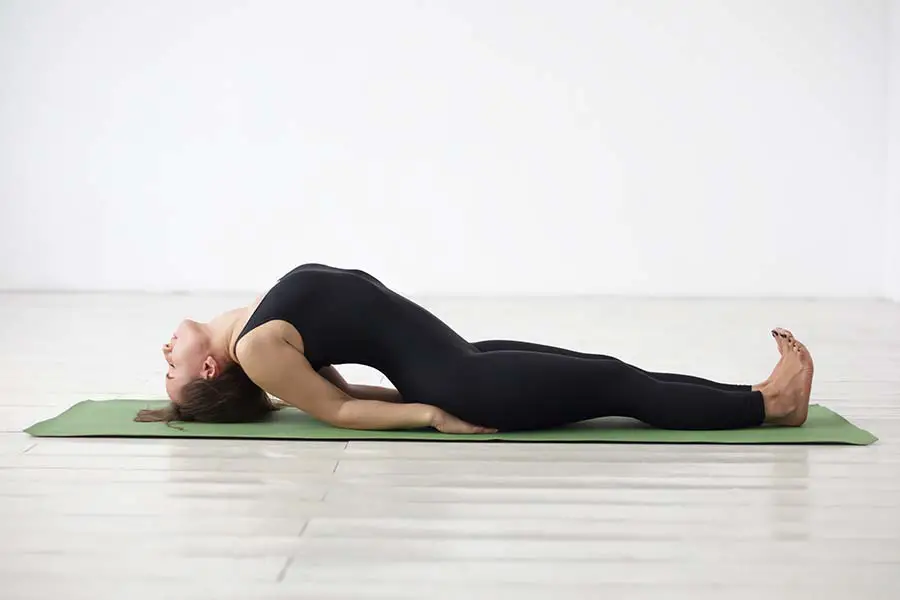
There are many variations of the fish pose yoga from beginner to advanced levels.
Easy Variation
This back-bending position can be difficult for some people, especially beginners. You can perform the variation with thick folded blanket support. Don’t harden your throat and rest your head comfortably on the mat.
Supported Fish Pose With Friend
A partner can help you with your shoulder blades. Your friend should stand legs wide apart with your pelvis in between. Then she should put her palms on your scapulas, press them to your back. You should only have support for your scapular against your back, not a pull in deeper bending.
Harder Variation
Once you master the position but are still far from the Padmasana, you can challenge yourself with another variation. If you choose to perform the position with legs straight on the mat, you can try to lift them up.
Inhale and bring your legs up to 45 degrees from the mat.
Stay for 15 to 30 seconds. Press the heels to strengthen your thighs.
Exhale, lower the legs down, lay your head and upper part back on the mat.
Conclusion
The fish pose yoga may look easy, but there are a few things you should notice while doing it. Make sure you understand how to perform the posture to avoid getting injured. However, we can not deny the fish pose benefits us. It helps improve your posture, relaxes your mind, and levels up your energy. Practice it every day; you will feel better and reap well-being from it.


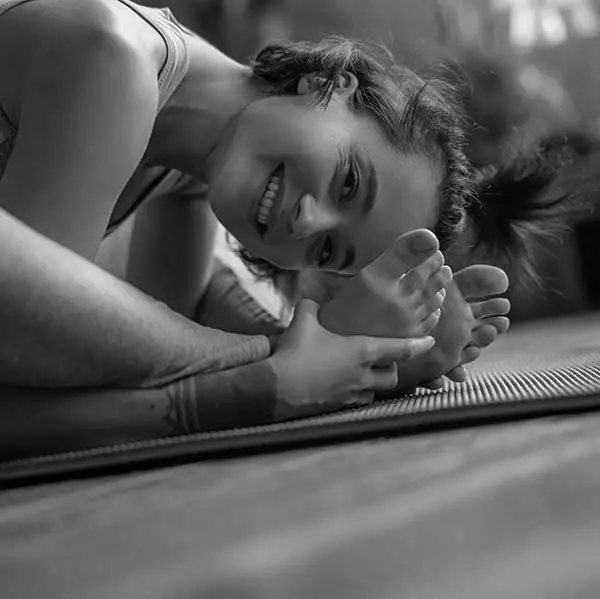

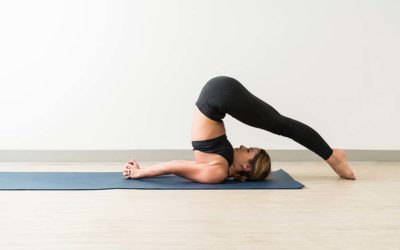
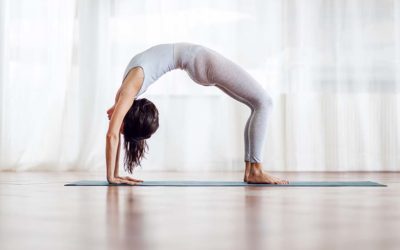

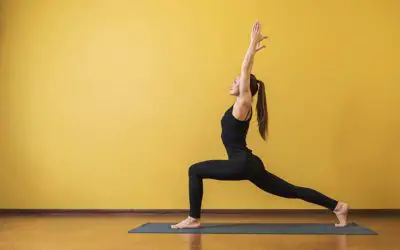
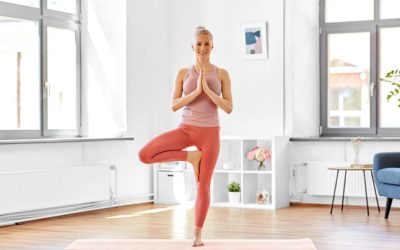
0 Comments